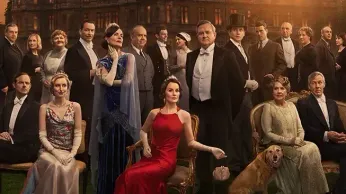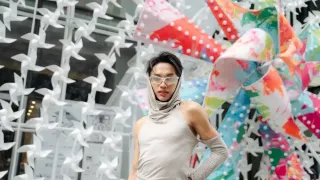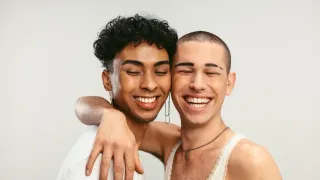
3 hours ago
'Downton Abbey: The Grand Finale' Bids Farewell with a New Era
READ TIME: 2 MIN.
Downton Abbey: The Grand Finale, arriving in theaters September 12, 2025, will close the curtain on more than a decade of storytelling that has captivated viewers across the world. The film, directed by Simon Curtis and penned by series creator Julian Fellowes, reunites much of the original ensemble cast—including returning stars Paul Giamatti and Dominic West, and new additions such as Joely Richardson and Alessandro Nivola—for one last chapter set in the early 1930s .
The narrative follows Lady Mary as a public scandal arising from her divorce threatens the Crawley family’s reputation and financial security. With Downton Abbey’s future at risk, both the family and household staff are forced to face uncomfortable truths and embrace change, as the next generation prepares to lead the estate into a new era .
While Downton Abbey’s universe has always been rooted in the British class system and its rigid traditions, the franchise’s final installment is explicitly about transformation. The 1930s setting brings historic shifts: divorce, financial instability, and changing social mores all threaten the established order. For many LGBTQ+ viewers, these themes echo the ongoing journey toward self-acceptance and societal inclusion, reflecting struggles both personal and collective .
The series’ willingness to address scandal, secrecy, and the cost of authenticity has long made it quietly relevant for queer audiences. The original television run included the character of Thomas Barrow, whose storyline as a gay man in Edwardian and interwar England was a rare and nuanced depiction for mainstream period drama. While early reviews and promotional material for The Grand Finale have not confirmed major new LGBTQ+ storylines, the legacy of Barrow’s journey—and the broader themes of change and acceptance—remain woven through the film’s fabric .
Downton Abbey’s exploration of found family, loyalty, and resilience resonates especially with LGBTQ+ audiences. The Crawley staff’s sense of community, and their ability to adapt and support one another through adversity, mirrors the dynamics within queer chosen families. The film’s focus on generational change also speaks to the ongoing work of LGBTQ+ communities to honor the past while forging new futures .
The third film’s release is also a cultural moment for queer fans who have found community through Downton Abbey’s fandom. Online spaces, including Instagram (@downtonabbey_official) and TikTok (@downtonabbeyofficial), have seen extensive discussion about the series’ queer subtext and the significance of Barrow’s character arc, with many expressing hope for a finale that acknowledges the ongoing struggles of LGBTQ+ people, even if only through allegory or thematic resonance .
As The Grand Finale draws the Downton Abbey saga to a close, it also highlights the evolving landscape of queer representation in mainstream media. While the original series broke ground by including a complex gay character, many viewers hope that future historical dramas will feature even more expansive and intersectional LGBTQ+ stories .
For now, the film’s central message—the necessity of embracing change and facing the future with courage—is one that resonates deeply for LGBTQ+ people everywhere. As audiences prepare to say goodbye, Downton Abbey leaves behind a legacy of storytelling that, while imperfect, has made space for queer connection, community, and reflection .






